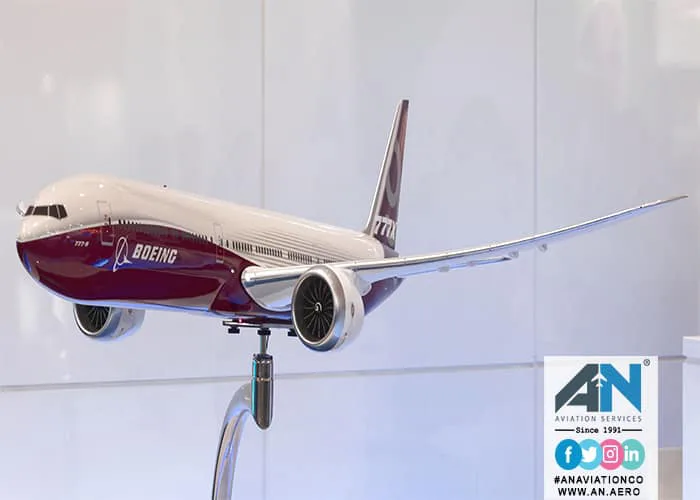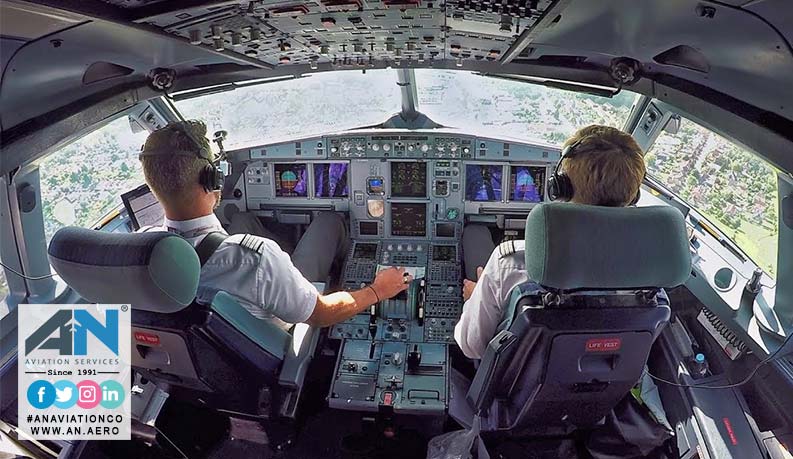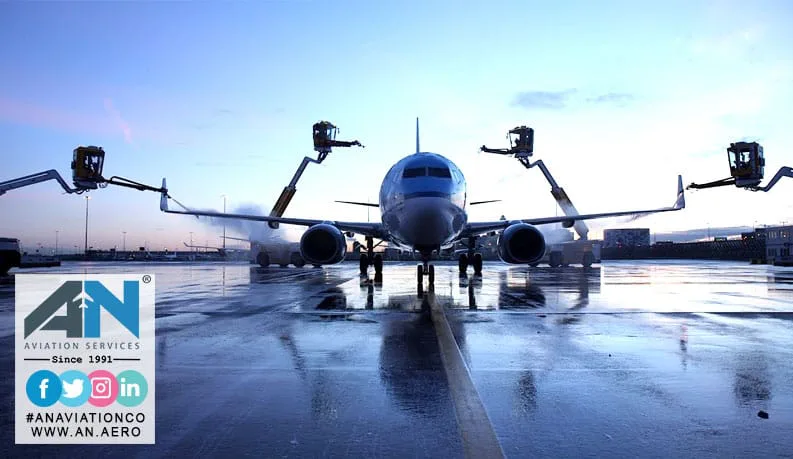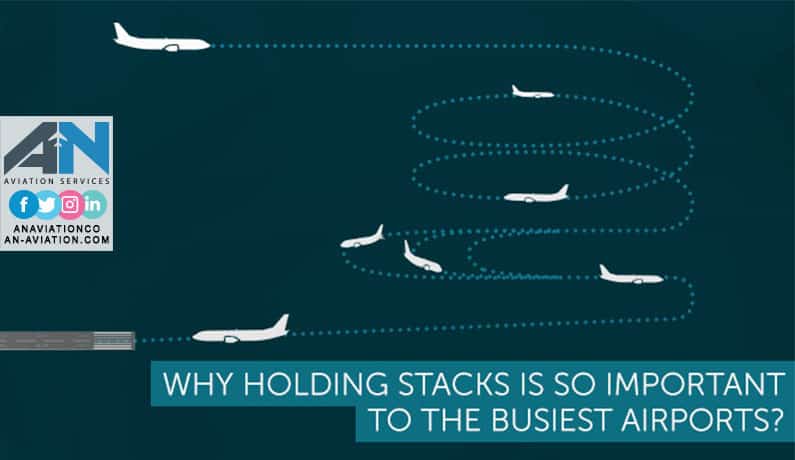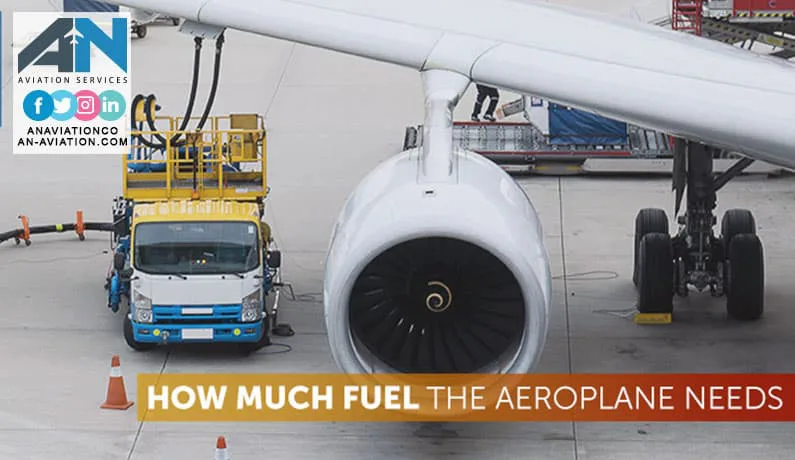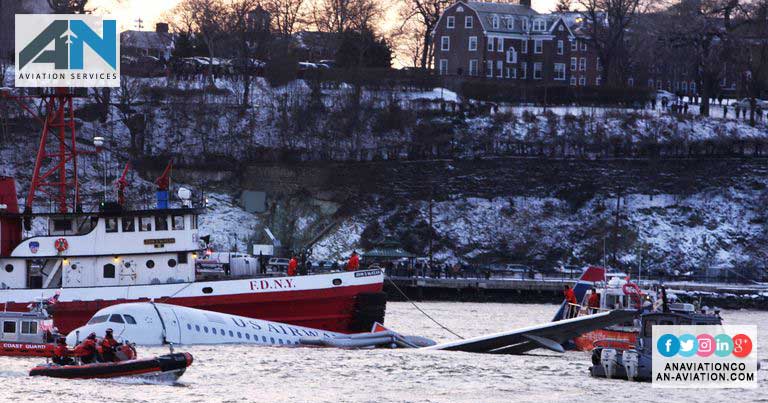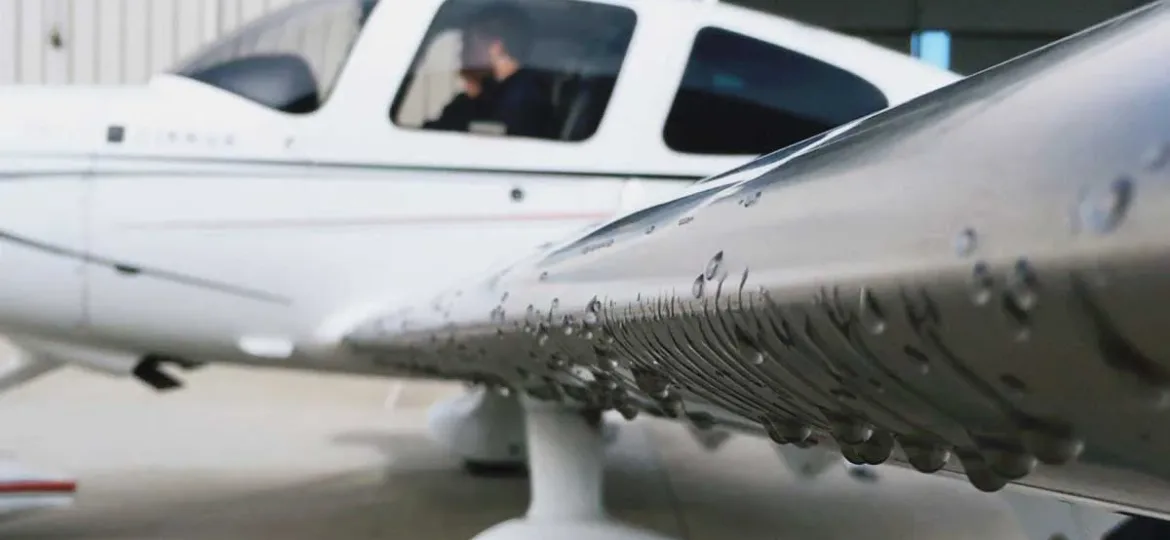The aviation world is abuzz with anticipation for the Boeing 777X, an aircraft that promises to redefine long-haul travel with its cutting-edge technology, efficiency, and passenger-focused features.
plane
Staying connected while flying at 35,000 feet used to be a distant dream, but in flight WiFi has changed the game.
The aviation industry is always innovating, and one of the most exciting advancements in recent years has been the introduction of the Next-Generation Evolution Seat.
The Pilot in Command (PIC) holds one of the most crucial roles in aviation, entrusted with the responsibility and authority over the operation and safety of the aircraft. Whether in a commercial, private, or emergency flight setting.
Flying in winter weather presents unique challenges for aircraft, particularly due to the formation of ice on critical surfaces like the wings, tail, and engine inlets.
Aircraft marshalling is a method of guiding aircraft on the ground using hand signals, often performed by a ground crew member known as a marshaller.
For some travelers, the experience of circling in the air just before landing can be an unexpected twist at the end of their journey.
One of the most essential and carefully calculated aspects of aviation is fuel management. The amount of aeroplane fuel required for any given flight is determined by a range of factors, from the aircraft’s type to the flight distance, weather conditions, and even the weight of passengers and cargo.
The phrase “emergency landing” might send a chill down the spine of any passenger or aviation enthusiast, conjuring images of planes descending under challenging conditions.
Flying through icing conditions presents one of the most significant challenges in aviation, requiring advanced technology and systems to ensure safety.


